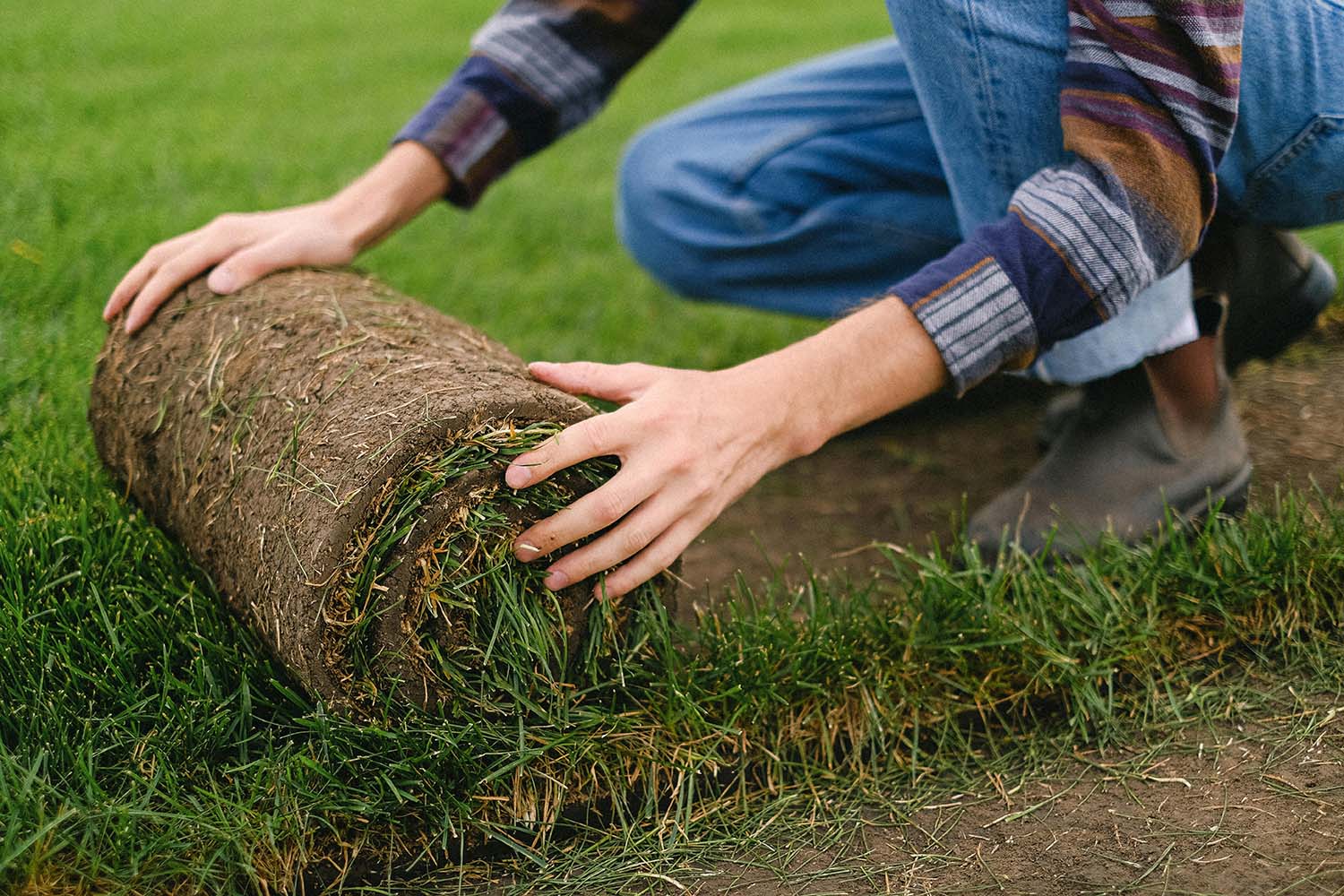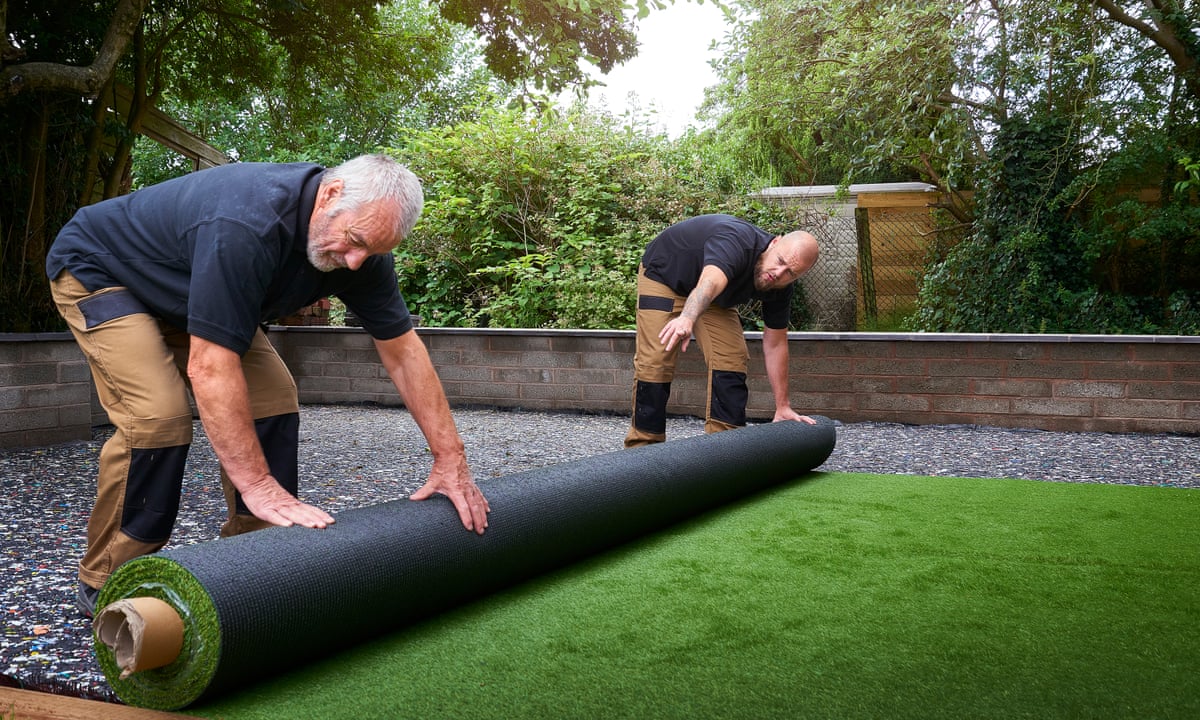Explore the Environmental Advantages of Opting for Synthetic Grass Solutions
The fostering of synthetic grass solutions presents a compelling chance to deal with pushing environmental difficulties. By significantly minimizing water use and minimizing the application of dangerous chemicals, these alternatives not just promote sustainable landscaping but also protect local ecosystems. The reduced carbon footprint connected with lowered upkeep activities contributes to a more lasting approach to land management. Nonetheless, the ramifications of these benefits prolong past plain conservation efforts, elevating inquiries concerning their long-term influence on habitat conservation and general eco-friendly equilibrium. Checking out these dimensions reveals an intricate interplay worth taking into consideration.
Water Conservation Perks
One of the most considerable advantages of man-made lawn is its capability to conserve water. In contrast, man-made lawn does not require watering, significantly minimizing the total demand for water resources.
By getting rid of the demand for normal watering, synthetic grass contributes to lasting landscape methods and helps alleviate the environmental effect of too much water consumption. The preservation of water extends to the decrease of drainage, which can lead to soil erosion and river pollution.
Furthermore, the installation of synthetic grass allows communities and property owners to assign water sources extra efficiently, concentrating on crucial usages such as alcohol consumption water and agriculture. The shift towards synthetic grass not only advertises responsible water usage however additionally straightens with broader environmental goals focused on preserving natural deposits.
As communities progressively prioritize sustainability, the water preservation benefits of artificial grass provide a compelling situation for its fostering in domestic and commercial landscaping jobs.
Lowered Chemical Usage
The transition to artificial turf considerably reduces the reliance on chemical treatments frequently utilized in natural turf maintenance. Conventional turf management generally involves the application of plant foods, pesticides, and herbicides to advertise growth and control insects. These chemicals can pose threats to human wellness, neighborhood wildlife, and the environment, adding to dirt and water contamination.
On the other hand, synthetic turf removes the requirement for these damaging substances. As soon as set up, it requires minimal upkeep, primarily containing regular cleansing and infrequent infill replenishment. This decrease in chemical use not just benefits the instant environment but additionally adds to wider ecological security. By reducing the launch of synthetic substances into the ecosystem, man-made turf advertises much healthier dirt and water systems.
Additionally, the lack of chemical runoff connected with synthetic grass installments assists shield local waterways from air pollution, supporting aquatic life and preserving biodiversity. Arizona turf. As communities progressively focus on lasting practices, going with fabricated lawn presents a feasible remedy that aligns with environmental conservation goals. Via this change, building proprietors can take pleasure in lush green areas without jeopardizing eco-friendly wellness, leading the way for a more sustainable future
Lower Carbon Footprint

In addition, the installation of fabricated lawn can result in substantial water conservation. Natural yards need substantial amounts of water for watering, which not only contributes to the carbon footprint linked with water extraction and treatment however also pressures regional water sources. On the other hand, artificial grass needs marginal upkeep, calling for no watering, thus substantially lowering water use and its connected power costs.
Additionally, the long life of synthetic grass adds to its decreased carbon influence. With a lifespan of approximately 15 years or even more, the demand for constant substitutes is reduced, leading to less waste and lower power intake in production and taking care of typical yard options. In general, synthetic grass offers a lasting choice for environmentally aware landscaping.
Habitat Conservation
Environment preservation is a critical factor to consider in the discussion over landscape design options, particularly when contrasting man-made grass to all-natural lawn. Natural yard lawns typically require substantial maintenance, consisting of the use of fertilizers, chemicals, and herbicides, which can adversely influence local ecological communities. These chemicals can seep into the soil and rivers, hurting indigenous flora and animals and disrupting regional environments.
Fabricated turf eliminates the need for unsafe chemicals, thus securing close-by wildlife and preserving the stability of bordering environments. The installment of man-made grass can lead to the conversion of previous lawn areas into more biodiverse landscapes, such as pollinator gardens or indigenous plant locations, which can sustain regional wildlife.
Ultimately, my company the transition to artificial lawn not just preserves water and minimizes maintenance efforts but additionally cultivates a much more harmonious relationship between human tasks and the natural surroundings, promoting habitat conservation at the same time.
Long-Term Sustainability
Long-lasting sustainability is a critical consider examining the advantages of synthetic grass over standard grass yards. Among the most substantial benefits of artificial lawn is its longevity; it can last as much as 15-20 years with marginal maintenance, whereas natural turf calls for frequent reseeding and replacement. This long life decreases the requirement for consistent resources, such as water, fertilizers, and pesticides, which are necessary for maintaining a healthy grass lawn.
Additionally, synthetic grass contributes to a decrease in carbon exhausts connected with lawn treatment devices. Typical lawns commonly need gas-powered mowers, trimmers, and blowers, every one of which add to air contamination. Artificial turf companies phoenix. In contrast, synthetic grass eliminates the requirement for such devices, advertising a cleaner environment
In addition, the production of artificial turf increasingly uses recycled products, boosting its sustainability account. As manufacturers take on environment-friendly techniques, the environmental footprint of man-made lawn continues to decrease.

Verdict
The fostering of artificial lawn options presents considerable environmental benefits, including significant water conservation, lowered reliance on damaging chemicals, and a reduced carbon footprint. Artificial grass aids in protecting natural environments by minimizing land disturbance and advertising long-term sustainability with the usage of resilient products. Collectively, these aspects underscore the capacity of synthetic grass to add favorably to environmental health and wellness and offer a feasible alternative to typical landscaping methods in an increasingly resource-conscious globe.
In comparison, artificial grass does not need watering, significantly minimizing the general demand for water sources. By reducing the launch of synthetic compounds into the environment, fabricated turf advertises healthier soil and water systems.
Additionally, the setup of man-made lawn go to this web-site can result in significant water preservation. In comparison, artificial turf needs minimal maintenance, requiring no watering, thus considerably minimizing water use and its connected power expenses.
